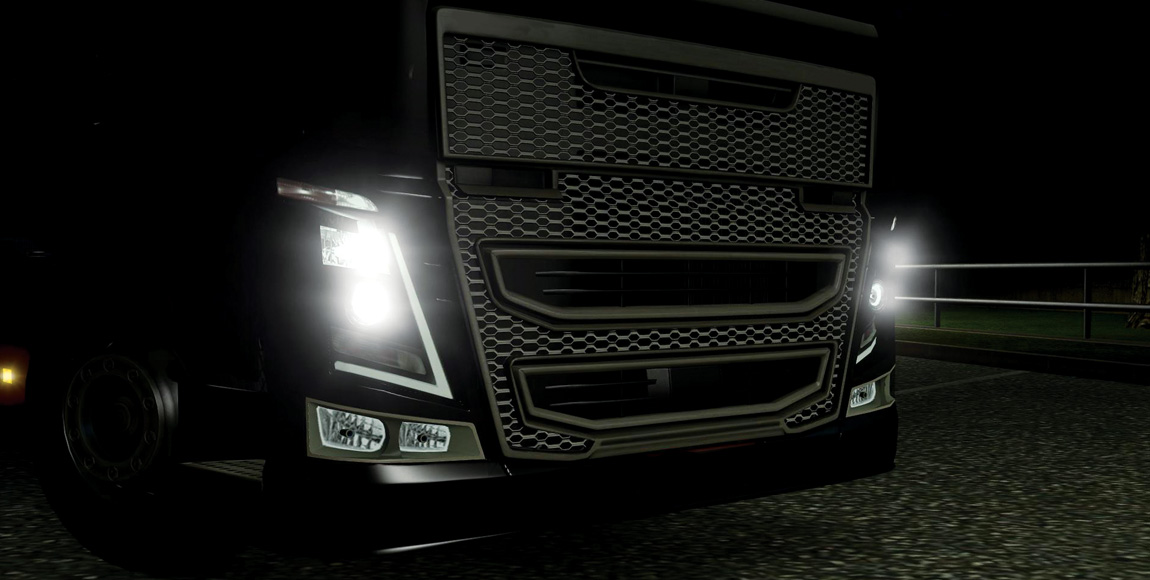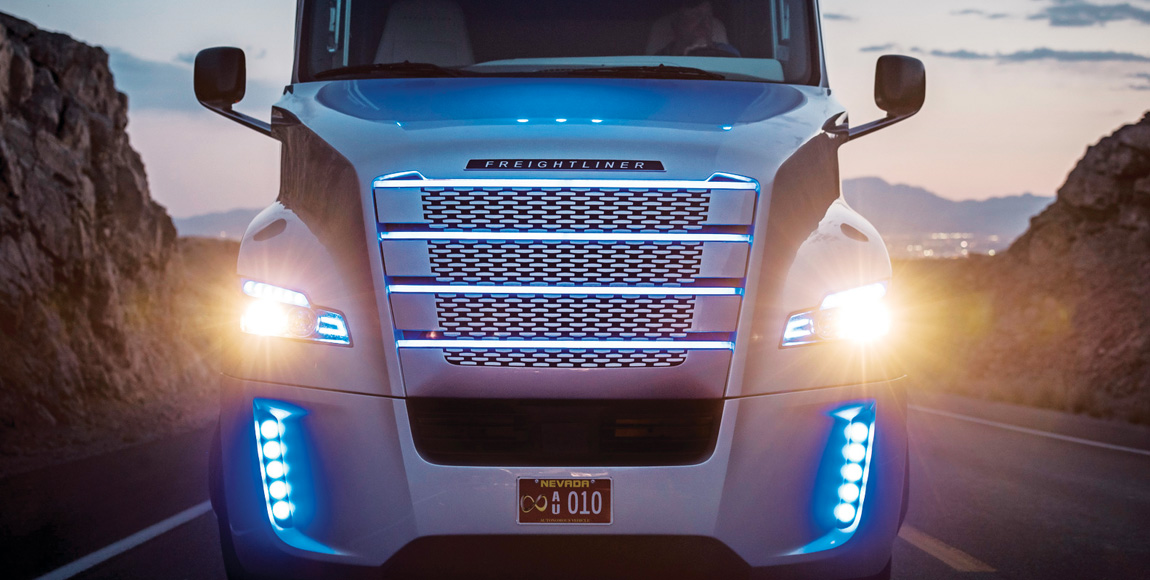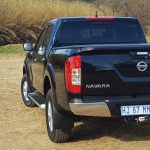Are additional lights a bright idea?

The increase in additional supplementary lighting on vehicles in South Africa has brought the legal implications of installing these into the spotlight. The Motor Industry Workshop Association (MIWA) provides some guidance.
Dewald Ranft, chairman of the MIWA – an affiliate association of the Retail Motor Industry Organisation (RMI) – says vehicle owners and installers are not clear on what is legally acceptable.
“There is much debate in the industry around this issue. With the South African landscape being what it is, there are still many areas that require additional lighting when travelling at night. Vehicle owners are looking for a solution that is within legal requirements,” he says.
Mic van Zyl, director of Ironman 4×4 Africa, agrees, adding that many modern vehicles have very poor lighting. “It is a real issue. We assume that the lighting is poor in order to prevent the blinding of drivers of oncoming vehicles. In our country, however, we have wild animals, especially antelope, which are a constant and deadly danger to anybody travelling on rural roads at night.
“Add to this the abundance of livestock – including cattle, goats and donkeys – that are left unattended to roam in these rural areas. There is a definite need for bright lights to assist the drivers to spot animals next to the road and prevent accidents,” he says.
This is not only a South African issue. Australia has a massive Kangaroo problem, and in the northern parts of Europe and North America, large wild animals pose the same threat.
Van Zyl says it has been a long-standing practice to fit additional spotlights to enhance the standard lights on vehicles. Not so long ago, a vehicle owner’s choice of lighting was limited to halogen lights. More recently, high-intensity discharge (HID) or xenon lighting has become popular. However, this type of lighting is very expensive and sensitive to constant dipping of the high beam.
“The use of light-emitting diode (LED) lighting has enjoyed steady growth on modern vehicles and is mostly used on all (heavy-vehicle) lighting applications except for headlights,” he says. As LED technology is advancing at an increasing pace, more and more modern vehicles use LED lighting technology in headlamps. This has, of course, also filtered through to spotlights.
“With the advent of LED as a light source for spotlights, bar lights have become a popular alternative to traditional round spotlights, due to their profile. They are suitable for mounting across the top of a bull bar, or across the top of a windscreen. Many LEDs can be mounted into the longitudinal shape of a light bar, giving a good amount of light,” Van Zyl adds.
Ranft points out, however, that LED lights are inferior to HID lights in terms of distance penetration as they generally do not provide good light past 400 m. LED lights do, however, give a broad spread in the light beam, ideal for spotting any roadside animals, for example.

Van Zyl explains that spotlights are designed in such a way as to enable as much light to exit the spotlight as possible. The light beam is not focused by the spotlight reflector or lens.
“They are exceptionally bright and will certainly blind oncoming traffic, which is very dangerous. To this end, it is important that the spotlights are used responsibly,” he says.
Spotlights should always be wired in such a way that they can be disabled totally by their own switch, as well as switched on and off by the vehicle’s high-beam switch. “This way, they can be totally disabled when driving around town. When they are being used while travelling at night in a rural area, they can be instantly switched off, along with the vehicle’s high-beam lights, in order to prevent blinding oncoming drivers,” Van Zyl explains.
He adds that, unfortunately, the road traffic regulations have not kept up with this new lighting technology, and, as such, it would be illegal to use any lighting on a road vehicle that does not comply with the National Road Traffic Act.
In simple terms, the Act pertaining to vehicle lighting, specifically with reference to spotlights, includes the following:
• Only an even number of lights may be fitted to the front of a vehicle;
• White headlights including spotlights may not exceed six lights in total;
• No light may be fitted across the vertical median of the vehicle;
• No light may be fitted higher that the leading edge of the bonnet;
• No lights may be fitted on the roof of the vehicle; and
• Halogen light globes may not exceed 55 Watts. This does not equate to LED lights.
Ranft points out that LED light bars break many of these rules, due to their design.
Very recently, the road laws pertaining to spotlights were amended in Australia and the United States of America (USA) to accommodate the use of LED lights and LED light bars. In certain off-road instances, where the grass is long, for example, it is best to have the light source mounted high up on the vehicle. The amended road laws in both these countries have made provision for this.
“Here in South Africa, Ironman 4×4 Africa has been in touch with the authorities and we are currently in discussions with them regarding the possible amendment of our road laws to accommodate these lights.
“It does not look promising though, as the Department of Transport has a penchant for looking at the European laws rather than those of the USA or Australia. The problem is that Europe does not have the same road-hazard problems as South Africa, Australia and the USA. However, time will tell,” says Van Zyl.
In the meantime, vehicle owners need to be aware that it is illegal to fit a single bar light to the front of their vehicle, explains Ranft.
“Until there has been a change in regulations around this issue, we advise vehicle owners to be cautious about adding any additional lighting to their vehicles,” he concludes.
Published by
Focus on Transport
focusmagsa




